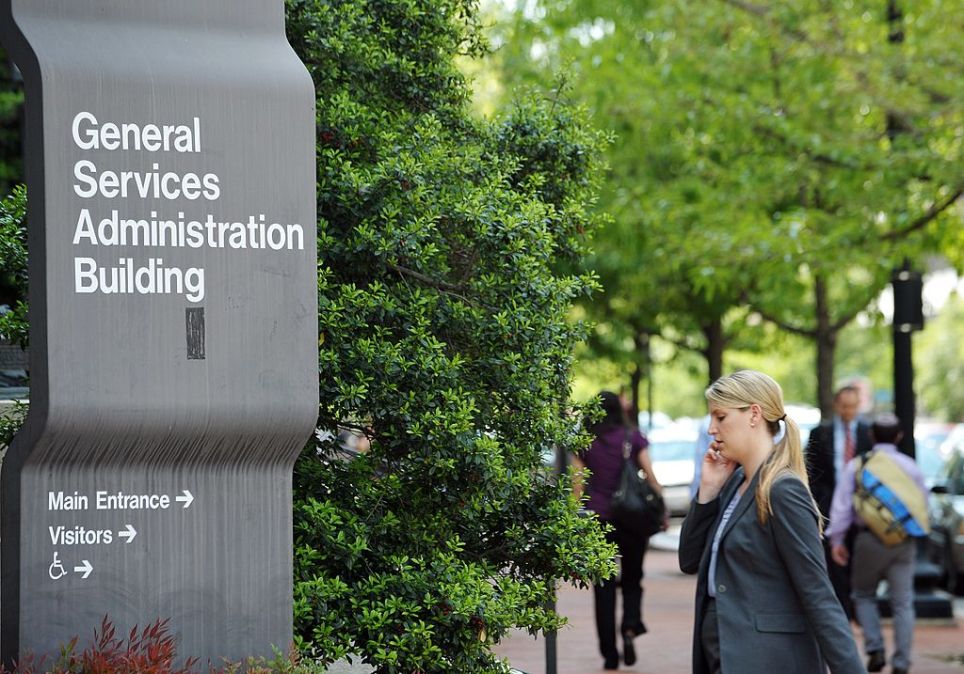Trump admin eyes new model for TMF in 2026 based on ‘expired discretionary funds’

The federal Technology Modernization Fund has had a bumpy relationship with congressional appropriators since its creation in 2017, and now the Trump administration wants to sidestep the appropriations process entirely to replenish the fund on an annual basis with unused money transferred from agencies.
The White House on Friday quietly issued an in-depth appendix of its budget request for fiscal 2026, and executive agencies followed suit, publishing their annual budget justification documents.
The General Services Administration, which houses the TMF program and disburses its funds, revealed in its 2026 justification that the Trump administration did not request any “new discretionary appropriated funding for the TMF” in 2026, instead proposing a new model for how it could pull money from other agencies, up to $100 million, to re-up the fund each fiscal year.
“President’s FY 2026 budget request includes a governmentwide general provision that will allow GSA, with approval of OMB, to collect unobligated balances of expired discretionary funds from other agencies and bring that funding into the TMF,” the justification explains. “To further strengthen the TMF’s ability to help agencies kickstart or accelerate their urgent modernization efforts, GSA and OMB are committed to exploring alternative funding mechanisms.”
Historically, the sitting administration has called on Congress to fund the TMF on an annual basis, with varying degrees of success. During the Biden administration, Congress approved a $1 billion injection into the fund in 2021 as part of the American Rescue Plan that has largely carried TMF’s work since — though Congress recently rescinded $113 million of that.
By allowing agencies to “sweep” unused money to the TMF, the proposed model has “a dual benefit,” GSA says.
“[I]t would increase the amount of funding available in the TMF to make continued investments while simultaneously alleviating the burden on the Financial Services and General Government Appropriations Subcommittee. By responsibly managing existing resources, the TMF is positioned to deliver lasting value to the American people and enhance the efficiency and effectiveness of government services,” the justification says.
GSA sees the program as a mechanism to support some of the Trump administration’s top priorities. “Sustained investment in the TMF represents a critical strategy for transforming Government IT management, ultimately saving time, budget, and reducing cybersecurity risks,” the justification explains.
The agency also cites significant demand for TMF funding, saying the program has “received and reviewed more than 290 proposals totaling about $4.5 billion in funding demand.”
“Without sustained funding, the TMF will continue shepherding investments with available resources, but will not be able to tackle large-scale investments needed to advance policy priorities nor meet the significant demand shown for the Fund,” GSA said, later adding that “[a]ny reduction of available funds impacts the TMF’s ability to help Federal agencies address … IT challenges.”
The updated funding model is based on a pair of provisions in the fiscal 2024 Further Consolidated Appropriations Act that allow for “both currently available funding and unobligated balances of expired discretionary funds from other agencies [to] be transferred into the TMF.”
“This would allow agencies to transfer resources to the TMF using funds that are otherwise no longer available to them for obligation,” the justification states. “This provision is essential to providing the TMF with the necessary funds to help the Federal Government address critical technology challenges by modernizing high-priority systems, improving AI adoption, and supporting cross-Government collaboration and scalable services.”
The justification includes a new provision, also included in the White House’s larger budget appendix, that breaks down exactly how the transfer of funds can occur, starting after its passage. It gives the program an indefinite time to spend the funds once transferred. Agencies, on the other hand, have five years from the expiration of unused obligations to send money over to the TMF.
GSA did not respond to a request for comment before publication.






